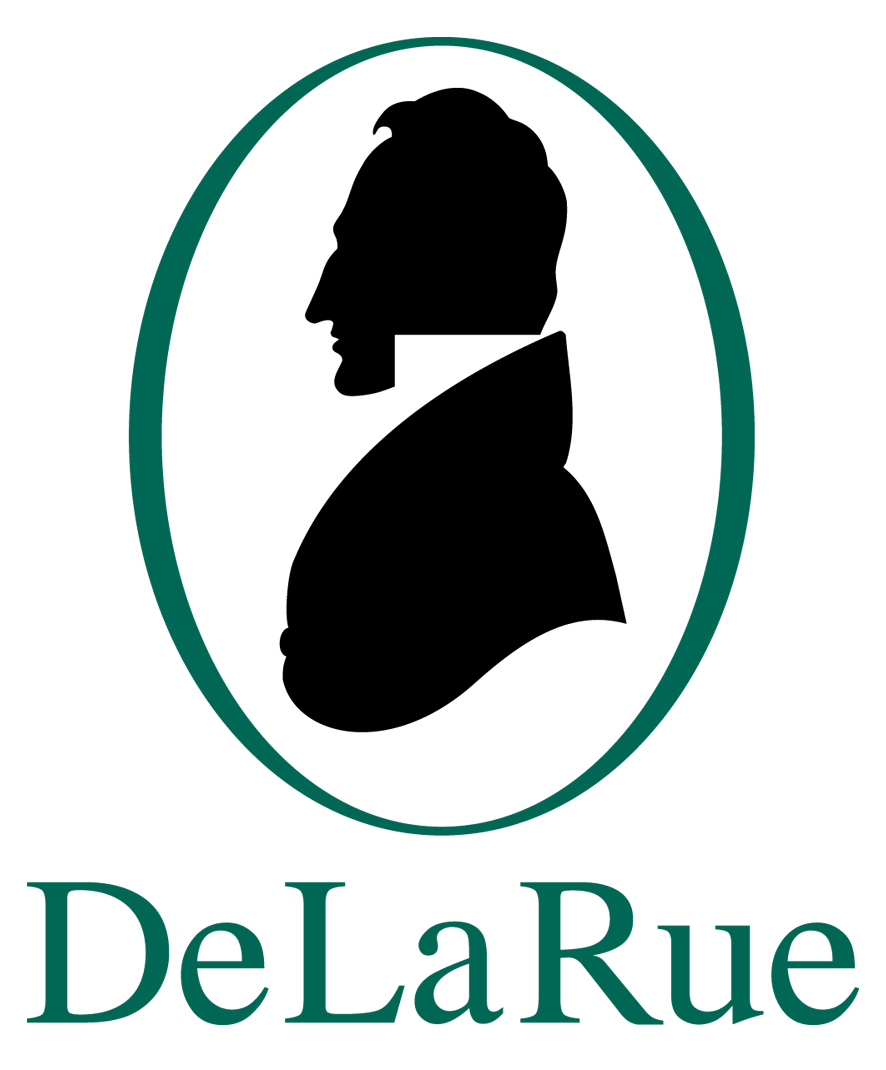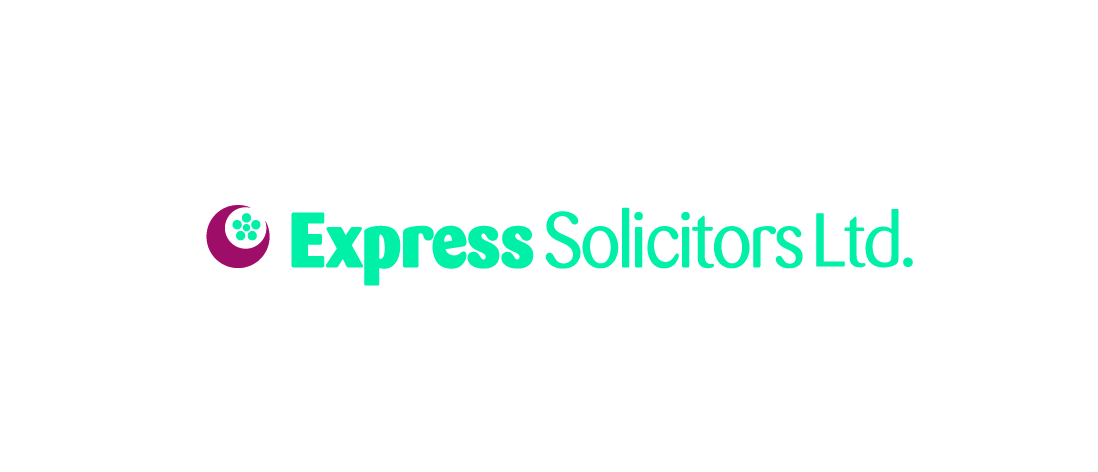Captives
Advantages
Captives
Advantages
A "captive insurer" is generally an insurance facility that is set up and wholly owned by the business whose risks it is insuring; it is essentially a more structured way of self insuring and can take a number of different forms. More details are provided below.
With the establishment of a captive insurer, a business creates a unique facility to insure its risks, into which it will pay tax deductible insurance premiums in exchange for the provision of insurance cover specifically designed to meet its business needs.
However, the term “captive” is also loosely used to apply to privately owned micro-insurers that insure commercial third-party business. These vehicles are often formed by insurance intermediaries or other insurance professionals with particular expertise in their field, who identify profitable opportunities to participate in the market. The sectors in which such clients operate are as broad and diverse as for the traditional market, but include high volume/low value business such as vehicle breakdown, extended warranty, domestic appliance repair and “gadget” loss, as well as far more esoteric risks such as intellectual property, value guarantees and weather derivatives.
What are some of the benefits of a captive?
In essence, a captive is a unique, dedicated insurance facility that can provide its owner with the following strategic benefits:
- More competitive premiums which accurately reflect the risk presented
- Improved cash flow
- Creation of an insurance ‘Profit Centre’ for the business in the place of a mere overhead
- Broader and simpler insurance contracts
- Coverage for risks excluded by the conventional insurance market
- Flexibility in programme design
- Reduced exposure to commercial insurance market fluctuations
- Improved risk management strategies, which reduce costs
What are the costs?
The operational costs of a captive are largely dependent upon both the complexity and the volume of business written and will include management fees, regulatory fees, audit fees and directors’ fees.
The level of these fees will also be determined by the complexity and nature of the captive insurance structure chosen. There are several options, the details of which can be viewed here.
Some of Our Clients




